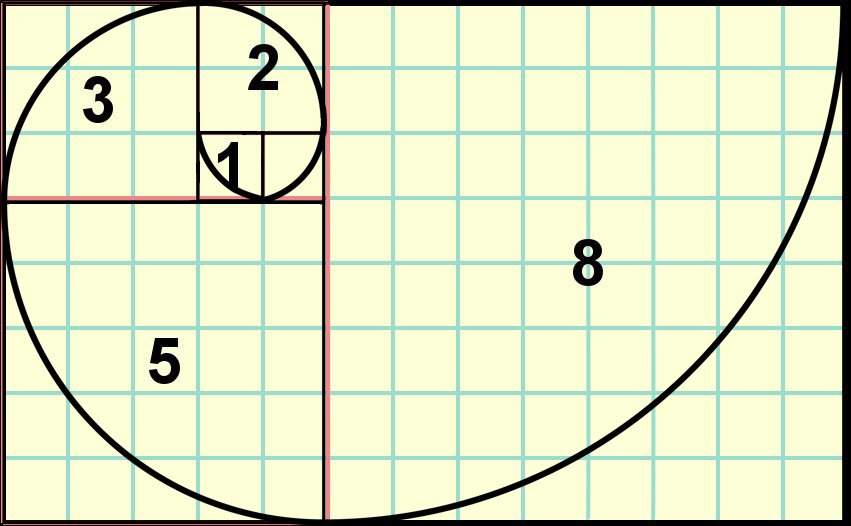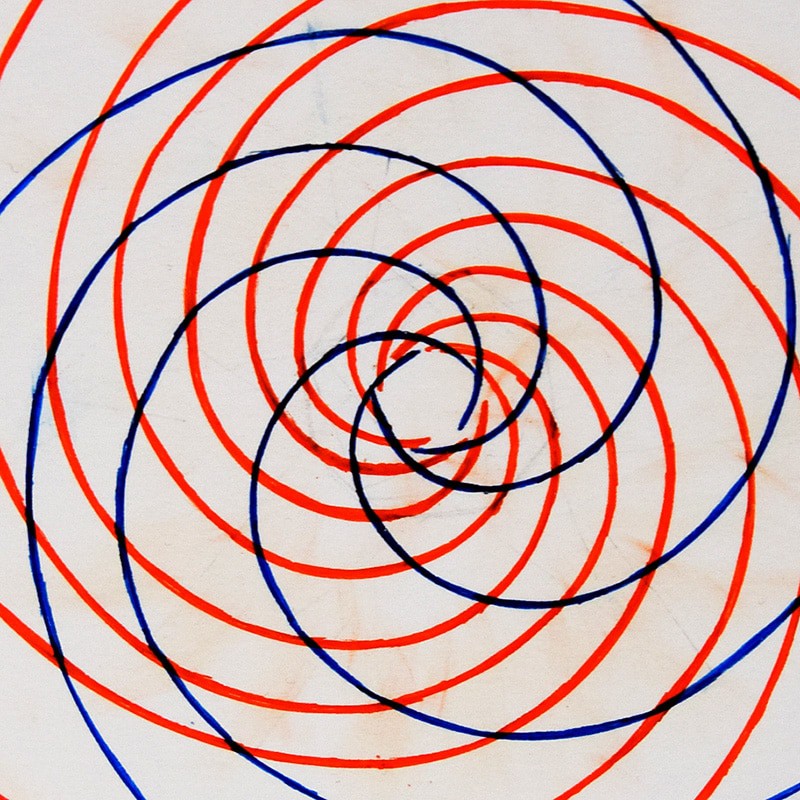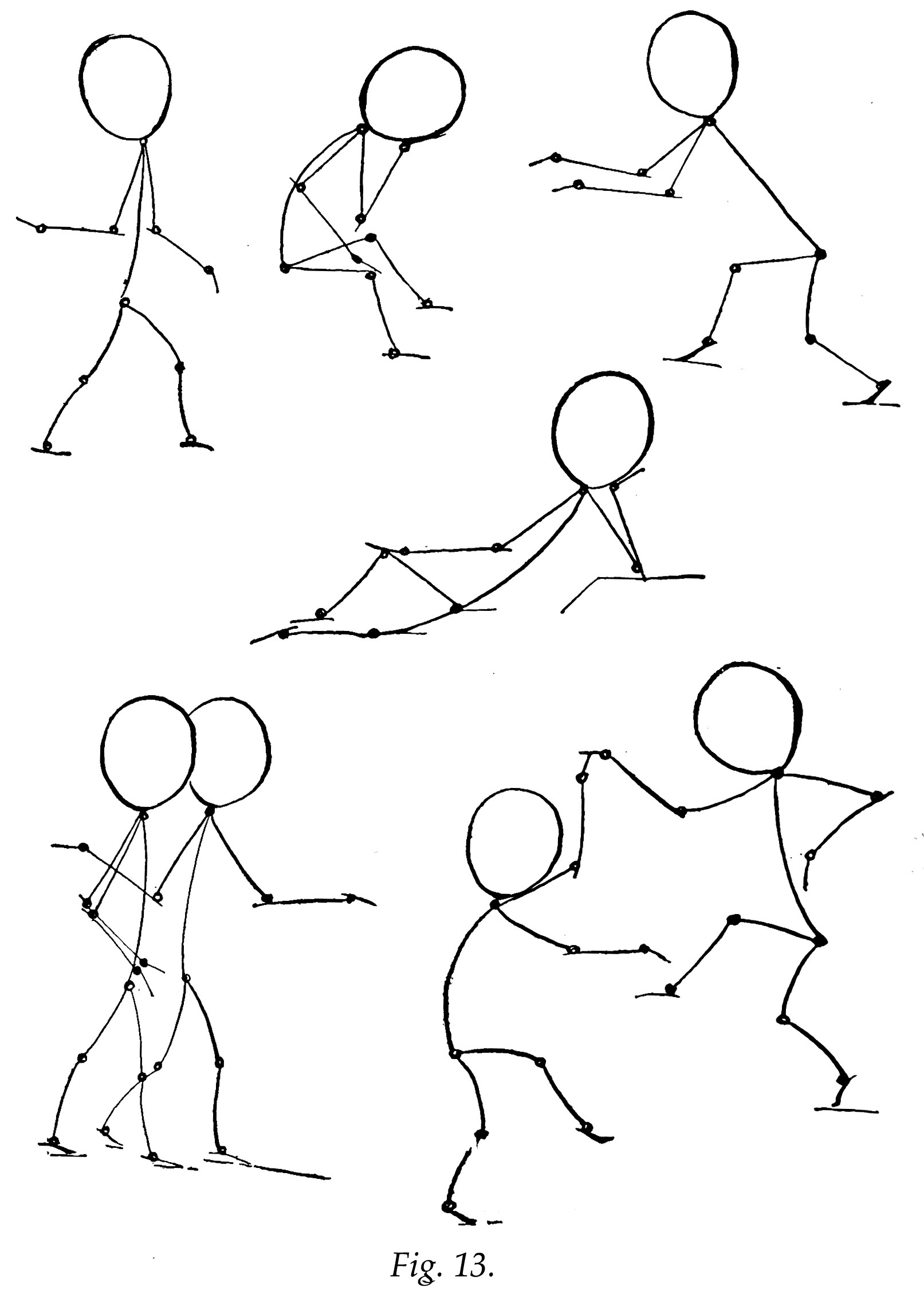Fibonacci spiral golden graph draw numbers sequence ratio series number paper ruler compass code explained need some
Table of Contents
Table of Contents
If you’re looking for a captivating and intricate design to draw, then look no further than the Fibonacci spiral. This spiral is not just aesthetically pleasing, but it also has important mathematical properties that have fascinated scientists and artists alike for centuries. In this blog post, we will dive into the world of how to draw Fibonacci spiral and explore its beauty and complexity.
Pain Points
Many people find it difficult to draw the Fibonacci spiral because of its intricate design and numerical properties. Some may also struggle with understanding the mathematical concepts behind the spiral.
Answer
The Fibonacci spiral is created by drawing a series of squares that follow the Fibonacci sequence, and then connecting the opposite corners to create a spiral. To start, draw a square with sides of equal length, and then draw a second square adjacent to it, with one side of equal length to the first square. Next, draw a third square adjacent to the second square, with one side of equal length to the second square. Repeat this process, with each new square having sides of length equal to the sum of the two preceding squares. Once you have drawn several squares, draw a curve that connects the opposite corners of each square, and you will have created the Fibonacci spiral.
Summary
The Fibonacci spiral is a beautiful and fascinating design that is created by drawing a series of squares that follow the Fibonacci sequence and connecting the opposite corners to create a spiral. Although the spiral may seem complex, following these simple steps can help you create your own Fibonacci spiral.
How to Draw Fibonacci Spiral - Personal Experience
As someone who loves both math and art, drawing the Fibonacci spiral has always been a fascinating challenge for me. I remember the first time I attempted to draw the spiral, I struggled to understand the mathematical concepts behind it. However, once I realized that it was simply a matter of drawing a series of squares with sides of the appropriate length and connecting their opposite corners, I was able to create my own beautiful Fibonacci spiral. Adding color and shading to the spiral made it even more stunning and I was truly proud of my masterpiece.
 Mathematical Concepts
Mathematical Concepts
The Fibonacci sequence is a series of numbers where each number is the sum of the two preceding numbers. For example, the first ten numbers in the Fibonacci sequence are 0, 1, 1, 2, 3, 5, 8, 13, 21, and 34. This sequence appears in many places in nature, such as the branching of trees and the arrangement of leaves on stems. The Fibonacci spiral is based on the Fibonacci sequence, with each square having sides of length equal to a number in the sequence.
 #### Golden Ratio
#### Golden Ratio
Another interesting mathematical concept related to the Fibonacci spiral is the golden ratio. The golden ratio is a number that has been found to be pleasing to the human eye and appears in many works of art and architecture. It is approximately equal to 1.61803398875 and is found by dividing a line into two segments so that the longer segment divided by the smaller segment is the same as the whole line divided by the longer segment.
 Fibonacci Spiral in Nature
Fibonacci Spiral in Nature
The Fibonacci spiral can also be found in many natural objects, such as seashells and the spiraling arms of galaxies. In fact, the spiral is believed to have evolved as a way to optimize growth and energy efficiency in plants and animals. This creates a beautiful design that is both functional and aesthetically pleasing.
 Questions and Answers
Questions and Answers
Q: What is the Fibonacci sequence?
A: The Fibonacci sequence is a series of numbers where each number is the sum of the two preceding numbers. It appears in many places in nature, such as the branching of trees and the arrangement of leaves on stems.
Q: What is the golden ratio?
A: The golden ratio is a number that has been found to be pleasing to the human eye and appears in many works of art and architecture. It is approximately equal to 1.61803398875 and is found by dividing a line into two segments so that the longer segment divided by the smaller segment is the same as the whole line divided by the longer segment.
Q: How is the Fibonacci spiral created?
A: The Fibonacci spiral is created by drawing a series of squares that follow the Fibonacci sequence, and then connecting the opposite corners to create a spiral. Each square has sides of length equal to a number in the Fibonacci sequence.
Q: Where can the Fibonacci spiral be found in nature?
A: The Fibonacci spiral can be found in many natural objects, such as seashells and the spiraling arms of galaxies. It is believed to have evolved as a way to optimize growth and energy efficiency in plants and animals.
Conclusion of How to Draw Fibonacci Spiral
The Fibonacci spiral is a beautiful and intriguing design that is based on the mathematical concepts of the Fibonacci sequence and the golden ratio. By following a simple set of steps, you can create your very own Fibonacci spiral masterpiece. Whether you are an artist, mathematician, or simply a lover of beauty, drawing the Fibonacci spiral is sure to be an enjoyable and rewarding experience.
Gallery
Fibonacci Sequence

Photo Credit by: bing.com / fibonacci spiral golden graph draw numbers sequence ratio series number paper ruler compass code explained need some
Coloring Fibonacci In Nature Fresh Rafael Araujo Draws Perfect

Photo Credit by: bing.com / fibonacci
The Fibonacci Sequence Number Of “1 000 000” One Million? | ITArray

Photo Credit by: bing.com / fibonacci sequence drawing spiral numbers number spirals twimg pbs
Пин от пользователя Linda Linebaugh на доске Sketch Books | Сакральная

Photo Credit by: bing.com / spiral draw golden fibonacci ratio math geometry sequence nature vinci da step sacred leonardo drawing wikihow use geometric tattoo numbers
How To Draw Opposing Fibonacci Spirals - Julie JAO

Photo Credit by: bing.com / fibonacci draw





